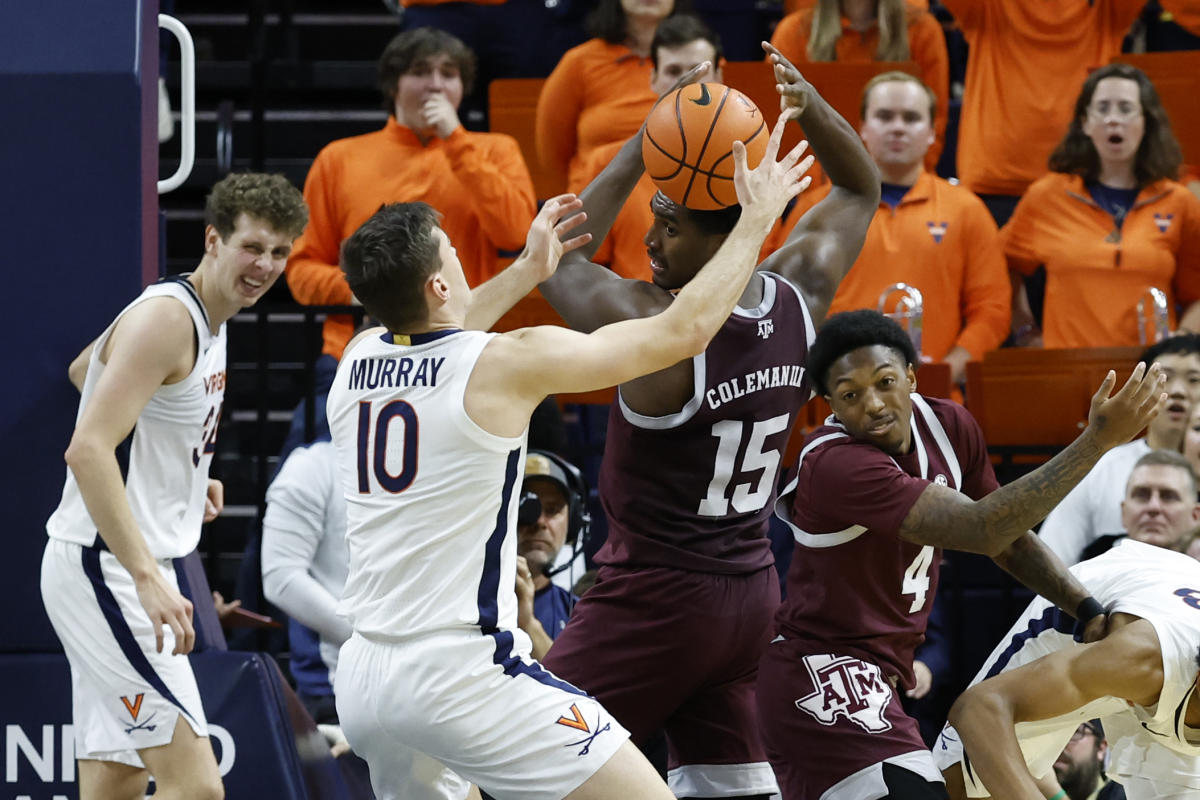The WNBA is in fierce competition for TV viewership, especially during a crowded sports calendar. However, the league is holding its ground and embracing the challenge rather than reverting to past strategies.
The ongoing WNBA Finals series between the Las Vegas Aces and New York Liberty has garnered significant attention, making it the most-watched series in 20 years.
In the opening game of the finals, the Aces secured a notable victory over the Liberty with a score of 99-82. This game marked the highest viewership for Game 1 since ESPN began broadcasting the series in 1998. The second game of the series, in which the Las Vegas Aces won by a score of 104-76, coincided with the MLB postseason.
ESPN NBA analyst Doris Burke, who called WNBA games in its early years, commented, “No matter the timeframe, competition will always exist. The key is to continue growing the product. I can see the evolution of the players and coaching in the WNBA, and I expect this upward trajectory to continue.”
The numbers are favoring the WNBA. Viewership for the first two games of the finals has increased by 13% compared to last year’s finals between the Aces and Connecticut Sun. Game 1 on ABC attracted an average of 729,000 viewers, while Game 2 on ESPN averaged 626,000 viewers. The two-game average of 680,000 viewers is a positive sign for the league, and they hope this upward trend continues.
This season marks the latest finish to a WNBA season in a non-Olympic year. It’s not uncommon for the league to extend into October; in fact, this is the 13th time in the WNBA’s 27-year history that a finals series has started or continued into October. When the league debuted in 1997, its schedule ended in August, before the abundance of sports viewing options available today.
An expanded regular season and playoffs have pushed the WNBA into direct competition with the NFL, MLB playoffs, and the start of the NHL and NBA preseason. Despite this, the WNBA has stuck to its condensed time frame.
Since its founding in 1997 with eight teams, the WNBA has maintained a condensed schedule, aiming to finish the season before Labor Day. According to the collective bargaining agreement, the earliest the season can start is April 1, and it must end by October 31. However, excluding the pandemic-affected seasons of 2020 and 2021, the league has increased the number of regular-season games from 34 in 2003 to 36 in 2022, and finally 40 this year.
In addition, the playoffs now follow a best-of-three format in the first round and a best-of-five format in the semifinals and finals. This change was a significant goal for the WNBA Players Association during the most recent round of CBA negotiations.
The alteration of the playoff format has come with some tradeoffs. More games and arena availability sometimes mean that the playoffs don’t receive top billing. For example, ESPN2 aired a playoff doubleheader on a Friday night due to ESPN’s coverage of college football. Nonetheless, regular-season games on ESPN and CBS averaged 505,000 viewers, an 8% increase over last year, and Sunday afternoon games on ABC averaged 627,000 viewers, the most since 2012, according to the WNBA. However, playoff viewership leading up to the finals showed an 8% decline compared to last year. Nevertheless, Game 2 of the semifinals between the Connecticut Sun and the New York Liberty on a Tuesday night garnered an average of 563,000 viewers on ESPN. This was the largest audience for a non-finals playoff game on cable since 2001.
During her annual news conference before the start of the finals, Commissioner Cathy Engelbert explained that the long periods between playoff series were due, in part, to the number of regular-season games. She also highlighted the benefits of additional rest for the players.
According to John Kosner, a digital and sports consulting company owner, despite the busy sports calendar, more people tend to watch television during the fall, providing opportunities to attract a broader audience. He emphasized that the WNBA made trade-offs based on the reality that no time of the year is completely free from competition and running the season from spring until now allows the league to utilize top-notch arenas.
The star power of this year’s finals has undoubtedly helped boost viewership. The New York team, led by league MVP Breanna Stewart and sharp-shooter Sabrina Ionescu, is in the finals for the first time since 2002. Meanwhile, the Aces, under coach Becky Hammon and led by last year’s league MVP A’ja Wilson, aim to become repeat champions for the first time since the Los Angeles Sparks in 2001 and 2002.
Nikki Fargas, President of the Aces, expressed her enthusiasm before Game 2, saying, “When you have a marquee matchup like the Las Vegas Aces and New York Liberty, it harkens back to the old days. That’s what we’re returning to. Our fan base understands that if they can’t be there to support us in person, they will watch and support us.”
In an effort to leverage the popularity of the NCAA Women’s Basketball Tournament, the WNBA has incorporated its draft into mid-April, shortly after March Madness concludes. This strategy is expected to intensify during next year’s tournament, with talented players like Caitlin Clark from Iowa, Angel Reese from LSU, and Paige Bueckers from Connecticut anticipated to join the league. Additionally, the upcoming Olympics will further engage the women’s college basketball audience, historically known for transitioning their support to the WNBA.
As the ratings increase, upcoming TV contract negotiations will undoubtedly discuss these positive developments. The WNBA’s current television contract expires in 2025. ESPN/ABC holds the broadcasting rights for the entire postseason and the All-Star Game, while Scripps, Amazon, and CBS broadcast some regular-season and Commissioner’s Cup games.
The league currently receives $33 million from ESPN/ABC for the final season in 2025, but there is significant potential for revenue growth through a new media rights deal with additional partners. Multiple carriers for the postseason may also result in a more condensed playoff schedule.
Doris Burke adds, “The NBA, at one point in history, had its games aired on tape delay. It takes time to grow fandom and bring these players into the spotlight for sports fans nationwide. However, it feels like A’ja Wilson, Breanna Stewart, and Chelsea Gray are becoming more recognizable to casual sports fans.”
___
AP Basketball Writer Doug Feinberg and AP contributor W.G. Ramirez in Las Vegas contributed to this story.
___
AP WNBA: https://apnews.com/hub/wnba-basketball

Rachel Adams is your WNBA insider, delivering comprehensive coverage of women’s basketball. With a commitment to highlighting the talent and achievements of WNBA players, she provides game analysis, player profiles, and inspiring stories from the league.



:no_upscale()/cdn.vox-cdn.com/uploads/chorus_image/image/72931262/usa_today_21973134.0.jpg)


